Community Relationships: Peoria Women's Club and the NSDAR
On June 6, 2024, Peoria Women’s Club was joined by our community to celebrate and unveil the newly restored 1893 gate, which could not have been restored without a grant received from the Peoria Chapter of the National Society Daughters of the American Revolution and the physical labor done by Miller Custom Welding and Heritage Restoration.
This event signified another significant milestone in our preservation efforts and underscores the importance of historic preservation and community collaboration.
A Community Relationship
The Peoria Chapter NSDAR was founded on Flag Day in 1896, with Mary Rouse and Lucie Brotherson Tyng among its 16 charter members. Interestingly, Mary and Lucie helped found the PWC a decade earlier.
Lucie Brotherson Tyng, Peoria Women’s Club Archives
Lucie Brotherson Tyng
Born in 1835, Tyng was a pioneering figure in Peoria's history. Arriving in the city in 1851, she became known for her unwavering dedication to education and community service. Tyng was the first woman elected to the school board after an 1891 Illinois law allowing women to vote in school board elections.
Her advocacy extended beyond education to social reform, notably her leadership in the Woman’s Christian Temperance Union. Tyng's legacy is also marked by her involvement in honoring the nation's soldiers, including fundraising efforts for the "Soldiers and Sailors Monument" at the Peoria County Courthouse.
Rouse's Performance Hall, circa 1905, William A. Gregory, Photographer (Peoria Historical Society Collection, Bradley University Library)
Mary Rouse
Rouse, daughter of Peoria's first full-time doctor, Rudolphus Rouse, had a special link to the city's beginnings. Rudolphus was not only a well-regarded physician but also held key roles, including being the inaugural leader of the State Medical Society. When Peoria became an official town on July 18, 1835, they appointed Rudolphus to the first board of trustees, where he served as chairman for six years.
In 1837, her parents, Rudolphus and Margaret Rouse, acquired a prominent lot on the northwest corner of Main and Jefferson Streets. They erected a substantial three-story brick building known as "Rouse Hall," which housed the family’s medical practice in the basement and provided office spaces for tenants. When Mary was seventeen, the property was expanded to include an entertainment area called Rouse’s Opera Hall.
This venue boasted 1,200 seats and hosted renowned performances by such individuals as Ralph Waldo Emerson (1867), Mark Twain (1869), Susan B. Anthony (1870), Buffalo Bill (1876), Oscar Wilde (1882), Clarence Darrow (1898), and Carrie Nation (1901). She most certainly would have drawn upon these experiences as the PWC designed the second-floor theater, which would be able to “procure courses of lectures profitable to the club and to the public.”
The dedication of our founding members carries through to our members today. Interested in learning more about what we’re currently up to?
Written by Lynette Steger for Peoria Women’s Club, July 2024



